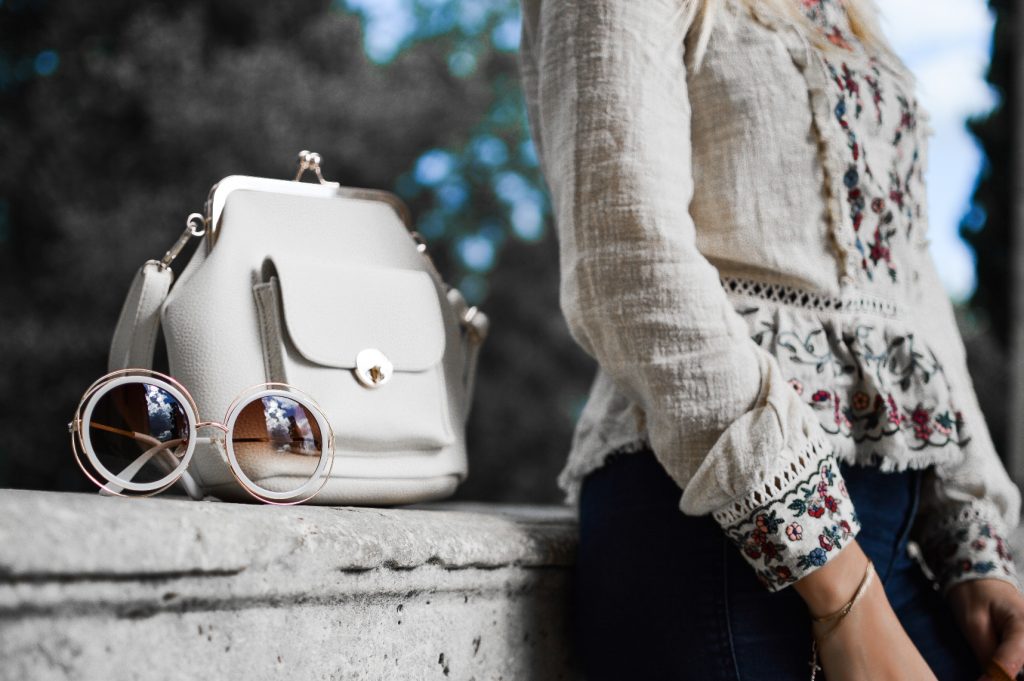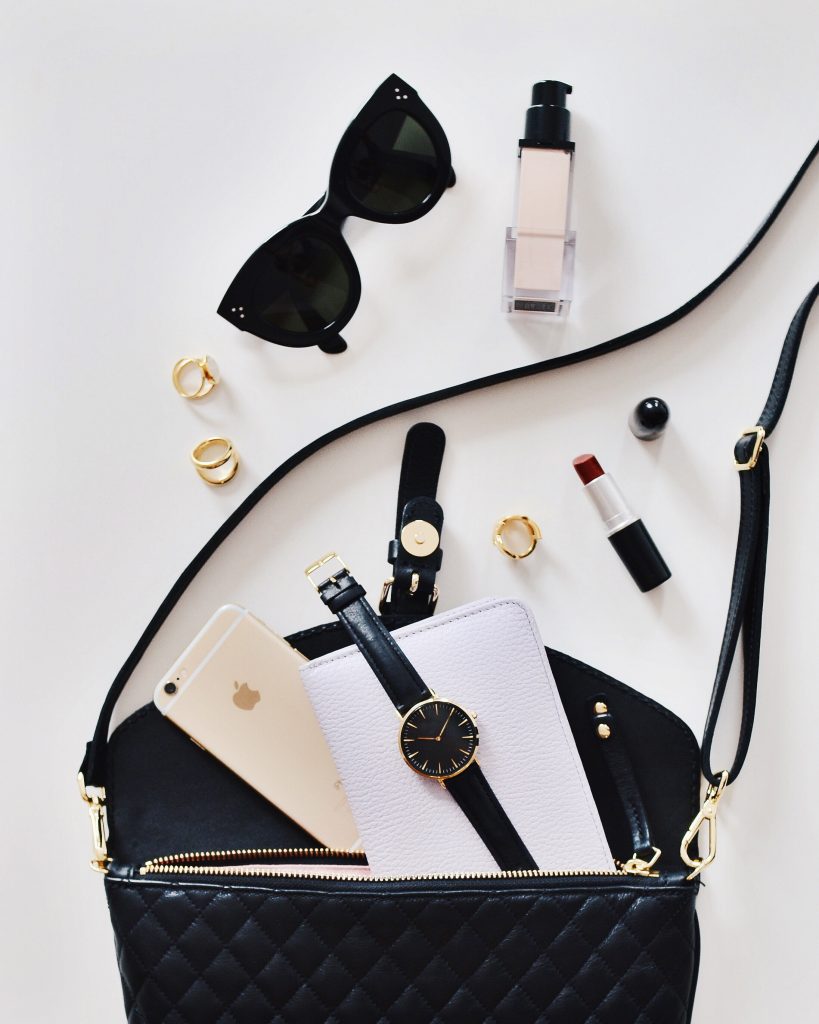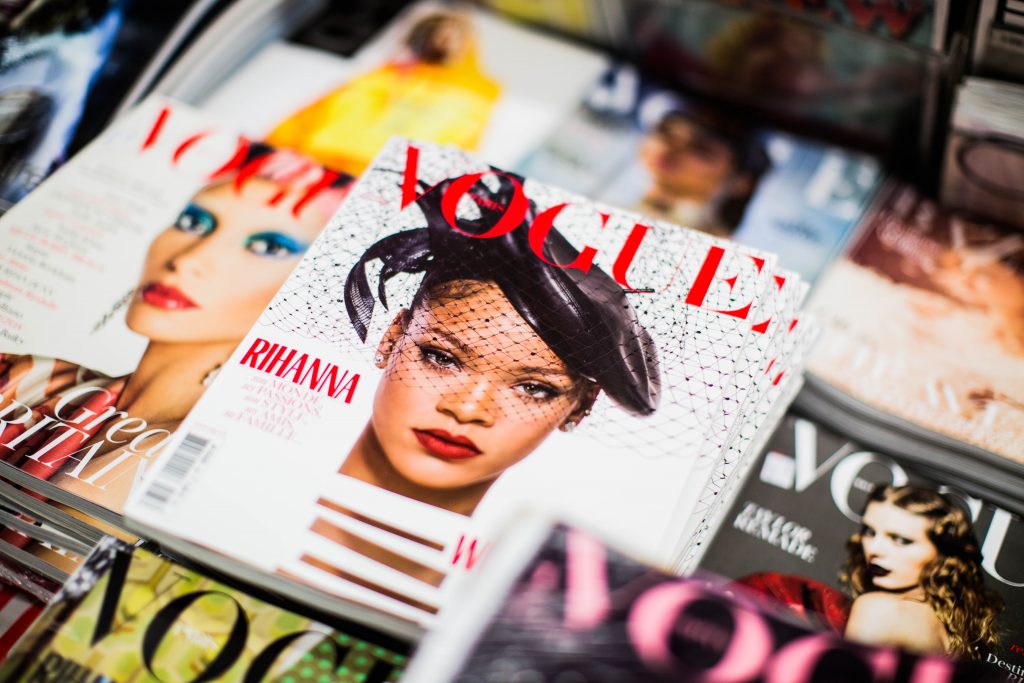Prêt-à-Porter PR (Ready to Wear PR)
Published on December 12, 2019, at 10:00 p.m.
by Christina Guyton.
Employing the latest marketing and public relations tactics to yield desired results, the fashion industry remains at the forefront of consumerism. The industry’s domestic market value alone is $406 billion, with a global value worth $3 trillion. While events like Fashion Month are seasonal, brands are constantly releasing new products and lines, that appeal to a variety of target markets. PR practitioners contribute to the consistent building of a fashion brand, bolstering coverage, positioning messages, promoting events and so much more.
Mauricio Padilha, CEO of MAO Public Relations, and Ashley Bontecou, junior account executive at L.E.R. Public Relations, both work in the heart of the fashion industry, New York City, home to the biggest biannual event in the industry — New York Fashion Week (NYFW). This glamorous showcase of current fashion sees the premiere of new designers, lines, brands and trends, and remains the busiest time for a PR professional working in the fashion industry.

According to Padilha, “Preparation for NYFW shows and parties start three months prior. We cater to each client individually as each has a specific image to their brands, and this comes into effect when we are doing the casting of models, hair and makeup teams, the invitation design, and the music for each show.” He noted that “each client is treated as an individual, and no show is alike; therefore my team and I have to prepare months in advance in order to get every detail perfect.”
When prompted with the same question, Bontecou said, “Preparation for each respective fashion season requires an ample amount of lead-time so we can begin pitching exclusives on the new collections before they launch. In regards to Fashion Week, we typically begin preparing for the show about one to three months in advance depending on our involvement, and our preparation varies from client to client … as each brand has its own timeline.”
Bontecou also spoke to the various operations applied to each client: “Sometimes we are involved in the production side of the shows, and other times we will just coordinate front of house, ensuring press attendance.”
When pitching a show to secure press attendance and resulting media coverage, Padilha said PR practitioners need more than “just a fashion show.” He said that “last season we produced [“The Real Housewives of Beverly Hills’”] Kyle Richards [fashion] show. We cast the other housewives … and some of their daughters and famous friends.” The celebrities walking down the runway accumulated coverage from People, Us Weekly, Daily Mail UK, Vogue’s online entity and The New York Times.
Obtaining press attendance will most likely garner coverage of a brand’s fashion show, but in today’s social-media-driven world, influencers, celebrities and even just regular attendees can create buzz. “Social media is great for NYFW shows,” said Padilha. “Everyone nowadays who attends the shows posts on their stories, so it helps when certain editors or writers are not able to attend in person; they can review from the social media presence.”

In an industry that is so driven by trends, oftentimes debuted at NYFW, it’s important to keep your clients ahead of the curve, positioning them as unique, yet still aligned with the current tastes of consumers. Padilha said stylists and fashion editors provide recommendations in the showroom when they view the collections. From there, Padilha conveys this expert feedback to his clients, to ensure his represented brands are applying a fresh take that’s on-par with current mode.
Bontecou said she and her team often “read up on the industry and look into up-and-coming trends, so we can ensure that our brands are always thinking ahead.”
While trends inform a consumer’s next fashion moment, they can also influence the next ideal way a brand can communicate with its publics or decide a collaboration that will increase brand visibility: “Additionally, we are always looking for new ways for our brands to engage with their audiences and brainstorming potential collaborations that will set them apart,” said Bontecou.
Recruiting other brands for collaboration is a strategy often used to expand the clientele for both involved parties. Padilha is no stranger to these mutually beneficial relationships: “We have been a part of many collaborations in the past 21 years that we have been in business, from Jason Wu with Brizo faucets to The Blonds and Barbie. … It helps raise awareness for our clients.”
Bontecou too has worked on collaborative initiatives with other brands, with which come the PR and marketing teams that represent them: “It is always a great experience getting to come together and combine our efforts with others who are in the same field.”
Nevertheless, PR practitioners still have their own clients’ brands to build, without the help of a collaborator’s team, and in a highly competitive market at that. Once again, using social media can yield great results with today’s consumer trends. Bontecou said, “We work on some of our client’s social media accounts to make sure their channels portray their brand in the best light.” She continued by steering the conversation to one of today’s biggest trends, influencer marketing, which is something she called “especially beneficial for brands that are direct-to-consumer.”
Regarding influencer marketing, Bontecou said, “Instagram placements tend to be the most effective. However, YouTube has been gaining substantial influence over the past few years, as it is even more personal than Instagram, so we have started focusing on that platform as well.”
Padilha uses influencers differently: “We do work with influencers by inviting them to events. We do not believe in paying them, as many who get paid to post never seem to affect the designers’ sales, so we rarely work with them in that capacity.”

While social media and influencer marketing is hot today, just like fashion trends, it could lose its edge, be labeled as dated, and thrown in the hand-me-down pile. Regardless of the next fad, both Padilha and Bontecou point to the ever-changing nature of the two industries — fashion and PR. Padilha said, “The way to be successful is to stay ahead of the game, always learn what’s new [and] next, and master it so you can utilize it to your client’s advantage.” Bontecou gave an unknowingly mirrored answer: “The fashion industry is constantly evolving; therefore we must evolve our strategies to coincide with the state of the industry.”
Both the PR and fashion industries require precise attention to detail. You must be able to predict and tastefully ride trends, never overlook a possible opportunity, and catch the audience’s eye through presentation. Whichever industry you wish to embark on, remember that the two, like a collaborative line, can be mutually beneficial through a shared model of success.




